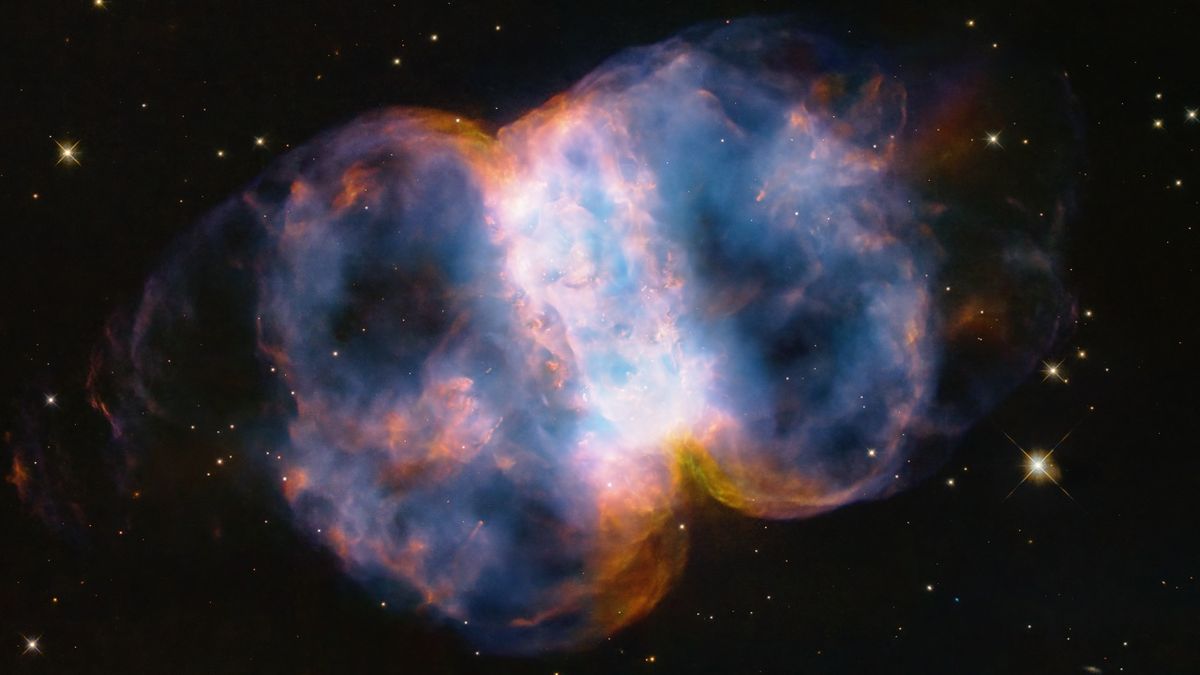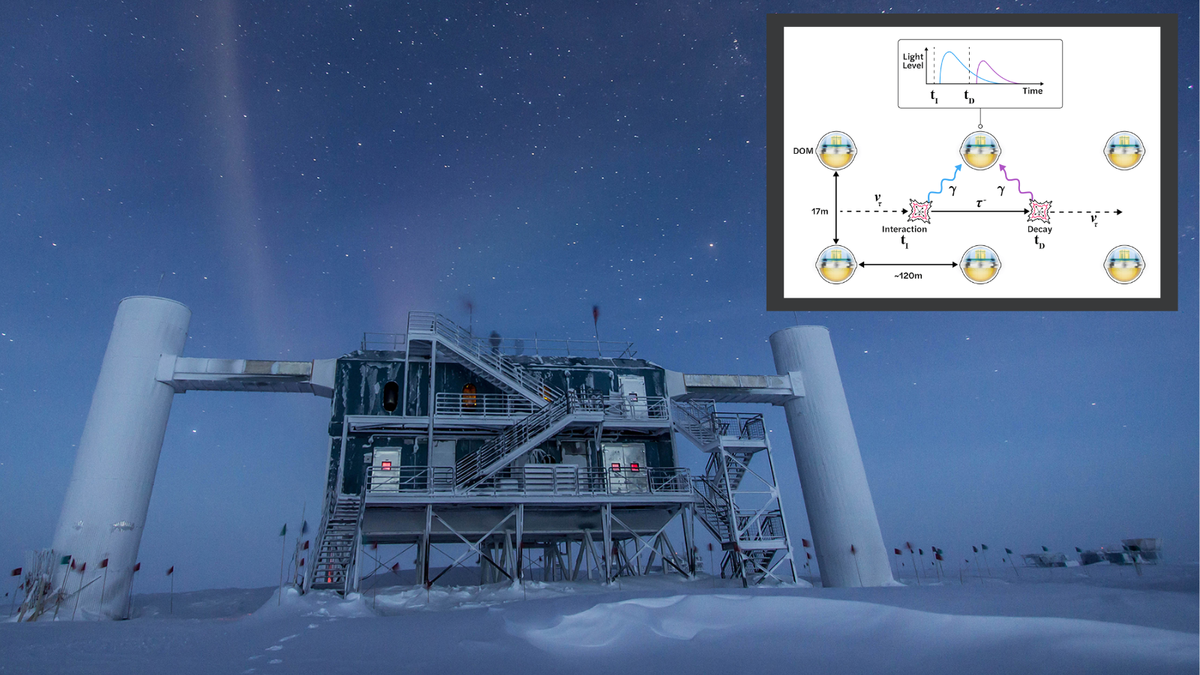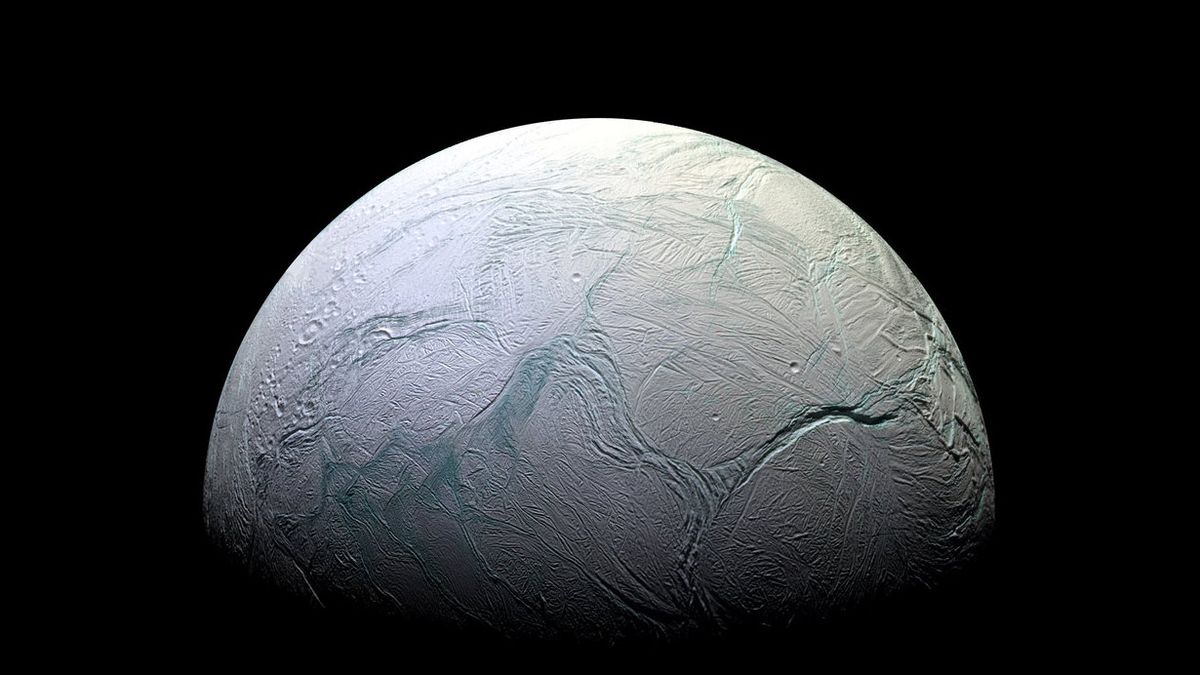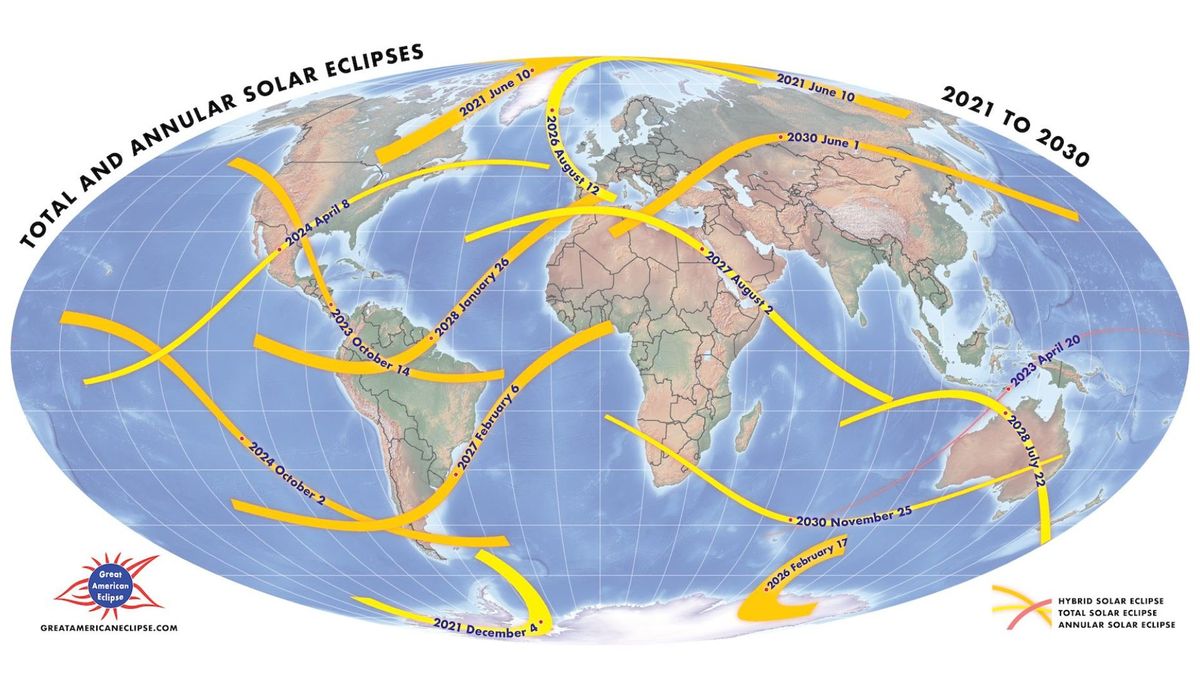The Impact of the Hubble Space Telescope Revealed
The Hubble Space Telescope has solidified its legendary status over its 34 years of orbit, capturing breathtaking images of the cosmos and enabling groundbreaking discoveries. One of the most iconic images produced by the telescope is the Hubble Ultra-Deep Field, offering an unparalleled view of the universe in visible light. Through the lens of the Hubble telescope, astronomers have gained insight into the age of our universe, the prevalence of supermassive black holes in galaxies, and the mapping of dark matter in three dimensions.
“Most of Hubble’s discoveries were not anticipated before launch,” stated NASA’s Hubble mission team, emphasizing the unforeseen scientific contributions made by this remarkable instrument. Regarded as the most scientifically productive space astrophysics mission in NASA’s history, the demand for Hubble’s observational capabilities far exceeds its capacity, showcasing its critical role in advancing our understanding of the cosmos.
Celebrating 34 Years of Hubble: The Dumbbell Nebula Image
To commemorate the 34th anniversary of the Hubble Space Telescope, astronomers unveiled a new image captured by the telescope featuring the Dumbbell Nebula, also known as M76. Situated 3,400 light-years away in the constellation Perseus, M76 showcases a two-lobed, expanding shell of gas emanating from a dying star at its core.
Resembling a pinched balloon encircled by a glowing ring of gas and dust, expelled by the central star during its fuel depletion, M76 is a captivating celestial sight. The star’s scorching temperatures exceed 130,000 degrees Celsius, making it one of the hottest known stellar remnants, nearly 24 times hotter than the sun’s surface.
The Hubble image captures the star’s outer layers forming a ring-like structure, hosting dense knots of gas and dust with masses equivalent to three Earths. Speculations suggest that the ring’s formation could be linked to a binary star system, although the companion star remains invisible in Hubble’s observations, potentially consumed by the central star.
M76: A Planetary Nebula Misnomer
Although classified as a “planetary nebula,” M76 is not associated with any planets, a misnomer stemming from 18th-century astronomers misidentifying such nebulae as planets due to limited technology. As observers gaze upon the Hubble image of M76, the realization of the telescope’s position approximately 320 miles above Earth’s surface highlights its critical role in expanding our cosmic understanding.
Designed for servicing by astronauts during NASA’s space shuttle program, the telescope’s maintenance capability waned after the retirement of the space shuttle in 2011. Despite this, NASA projects Hubble’s operational lifespan to extend into the late 2020s. Plans are underway to attach a propulsion module to facilitate a controlled re-entry into the Pacific Ocean or boost the telescope to a higher orbit, ensuring its continued legacy in unraveling the mysteries of the universe.
Image/Photo credit: source url





